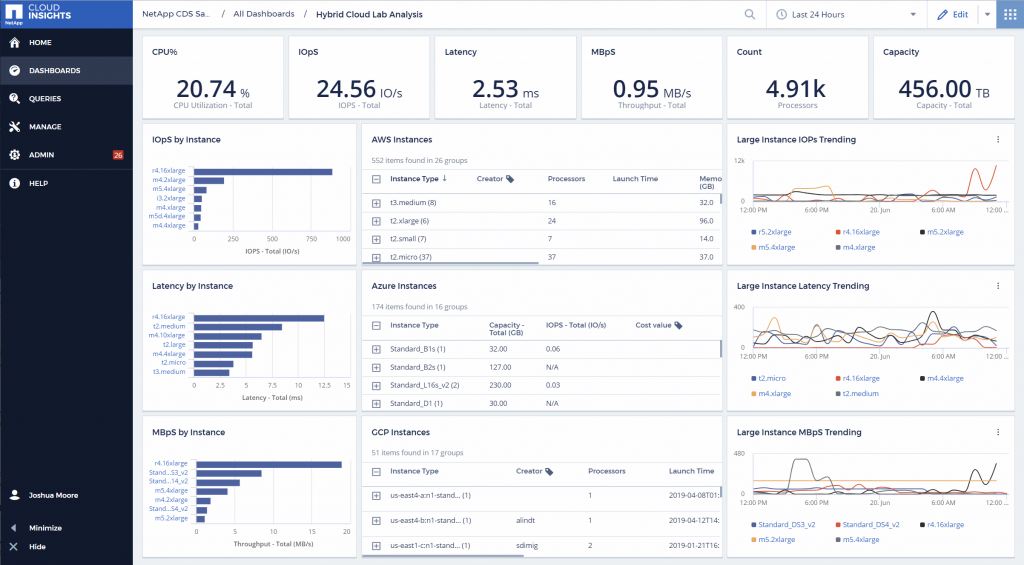Embrace Hybrid Multi-Cloud Strategy

Bringing together the best of public cloud and private cloud for a consistent user experience
Unleash the Power of Your Data in the Hybrid Cloud
Data is your most vital asset and must be optimally stored and managed throughout its lifecycle. As cloud technology evolves, its needs are becoming more sophisticated, demanding countless actions and processes to work harmoniously in different environments.
Hybrid multi-cloud refers to a mixed computing, storage, and services environment made up of on-premises infrastructure, private cloud services, and public clouds—such as Amazon Web Services (AWS) Microsoft Azure or Google Cloud Platform with orchestration among the various platforms. Using a combination of public clouds, on-premises computing, and private clouds in your data center means that you have a hybrid cloud infrastructure.
Although cloud services can drive cost savings, their main value lies in supporting a fast-moving digital business transformation. Every technology management organization runs under two agendas: the IT agenda and the business transformation agenda. Typically, the IT agenda has been focused on saving money. However, digital business transformation agendas are focused on investments to make money.
The primary benefit of a hybrid cloud is agility. The need to adapt and change direction quickly is a core principle of a digital business. Your enterprise might want (or need) to combine public clouds, private clouds, and on-premises resources to gain the agility it needs for a competitive advantage.
Monitor, optimize and secure
Control the performance and utilization of your cloud workloads.
Monitoring the health of the applications, services, and infrastructure in your IT environment has always been important, but today effective monitoring has become essential. In this digital era, enterprises across all industries depend on IT services to control business operations, to inform decisions, to drive revenue, and to enable growth. Your company’s reputation is now closely tied to the effectiveness and security of your customer facing and internal digital services. But your IT environment is more complex and more dynamic than ever before. Your current operations can include:

- Hybrid cloud and multicloud. Your critical services might run not just on premises, but also across multiple cloud service providers, including SaaS providers. The number and importance of remote offices, production facilities, and distribution centers have also increased.
- Diverse infrastructure. You have a broad range of infrastructure and infrastructure services to support, from legacy hardware to virtualized infrastructure to containers.
- Traditional and cloud-native applications. You must contend with traditional enterprise applications such as critical enterprise resource planning and customer relationship management software along with new cloud native applications that have much different expectations from, and impacts on, infrastructure.

As a result, monitoring your IT environment—and effectively troubleshooting problems that arise—is more challenging than ever. You continue to look for better tools to monitor the entirety of your environment while minimizing the number of false alarms and the time that you spend on chasing down problems.
NetApp Cloud Insights overcomes the limitations of traditional monitoring tools, so you can efficiently monitor infrastructure on premises and in the cloud. With Cloud Insights, you can understand at a glance how the elements that make up your IT environment are connected, so you can troubleshoot problems more effectively and optimize your environment to deliver better results at lower cost.